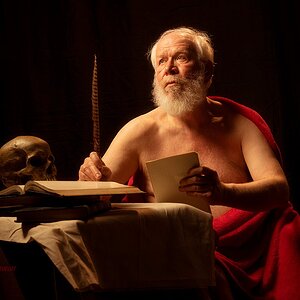OfMikeandMen
TPF Noob!
- Joined
- Mar 12, 2013
- Messages
- 48
- Reaction score
- 1
- Location
- United States
- Can others edit my Photos
- Photos OK to edit
I am reading Scott Kelby's Digital Photography series and he keeps talking about metering off an object and then changing the exposure compensation a certain amount of stops. I realize there is an actual "exposure compensation" feature on cameras, however, if I were to increase the exposure compensation -1, couldn't I just increase the shutter speed and make the close the aperture? Like, if I was on F/8 for 1/250 sec. and I changed the compensation to -1, couldn't I just leave the compensation at 0 and go to F/11 for 1/500 sec? Or am I misunderstanding the use of compensation?


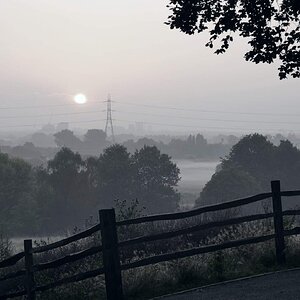
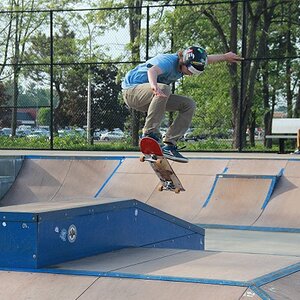
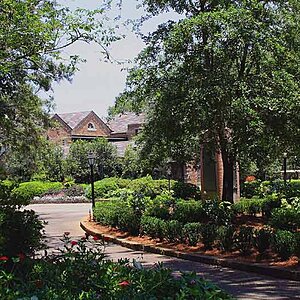
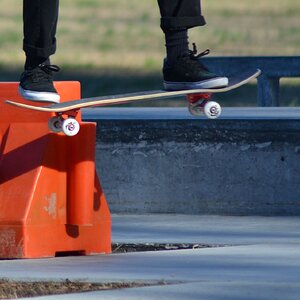
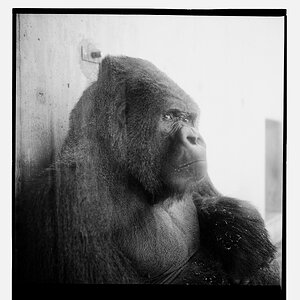
![[No title]](/data/xfmg/thumbnail/33/33489-cc76e5d22658c0f79ccb4ae9d307610d.jpg?1619736003)

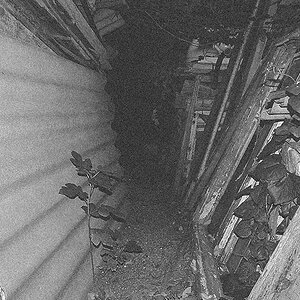
![[No title]](/data/xfmg/thumbnail/42/42230-fa8ace50a80342c7d91db1431f911bab.jpg?1619740048)

